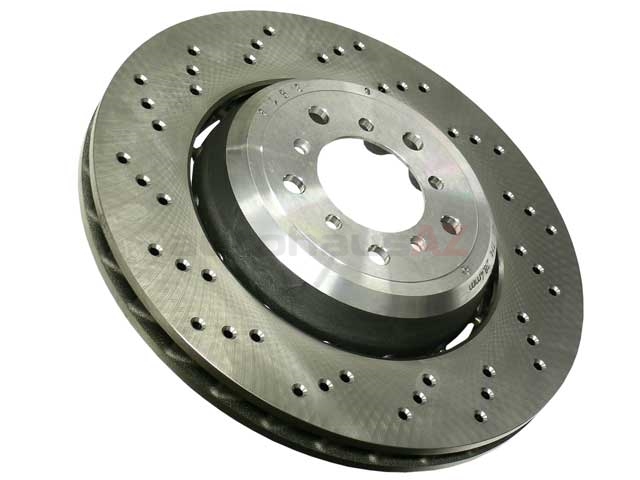Bad bet(though it appears most here think exactly what you said).
Post #90 from @Oyinko
I can't believe you toasted your brakes after only few laps....
I've been at lagune seca 4 times with my BMW M235i and did about 80 laps with a best time of 1:52.
Even after 27'000 miles and 80 laps on a track, I'm still running the front stock brake pads and discs. According to the internal wear computer, the front pads have still 11'000 miles to go....
Now where is my prize?
Keep in mind M235i uses the same brake discs and pads as pretty much all 1-4 series BMW's (3-6 cylinder engines).
PS: Damn my rusty memory. Of course BMW has virtual sensors for brake pads. Not only temperature, thickness as well
I am surprised by the life shown on the M235i, but using stock pads on the track is quite unusual.
Take a look at this particular discussion as an example. People to change pads, and usually lines and fluids as well if they are going track their cars. This is for the F8X M3/M4's, a car that's more capable for track work than M235i.
RS29 vs PFC08 Pads





